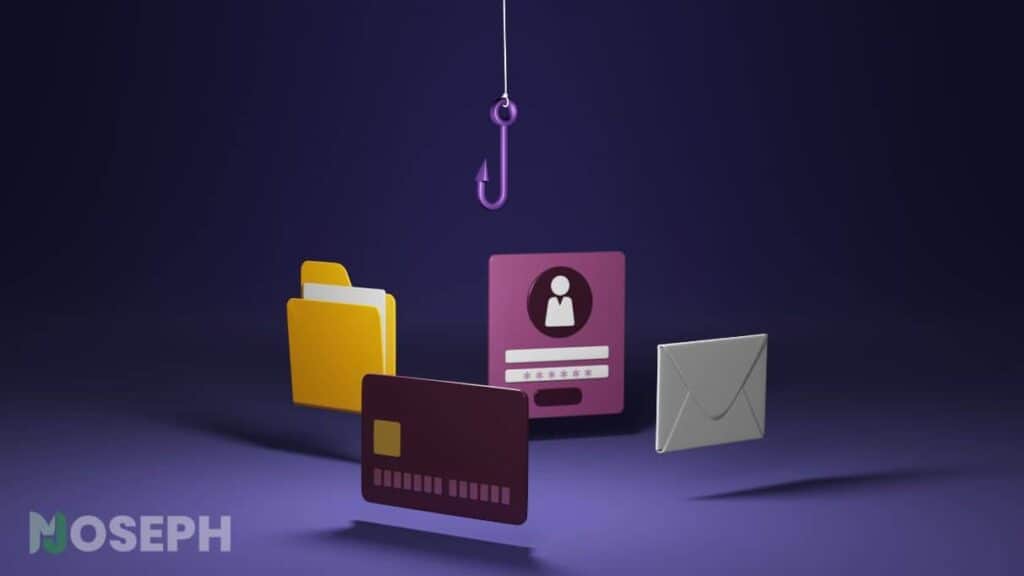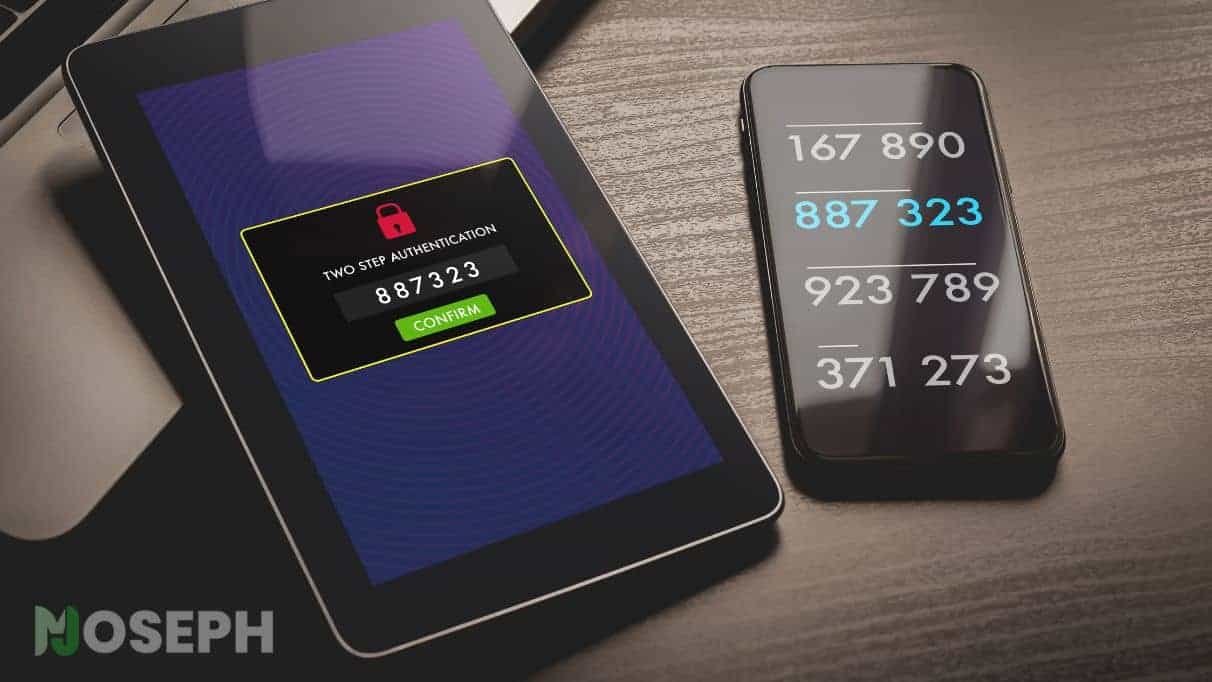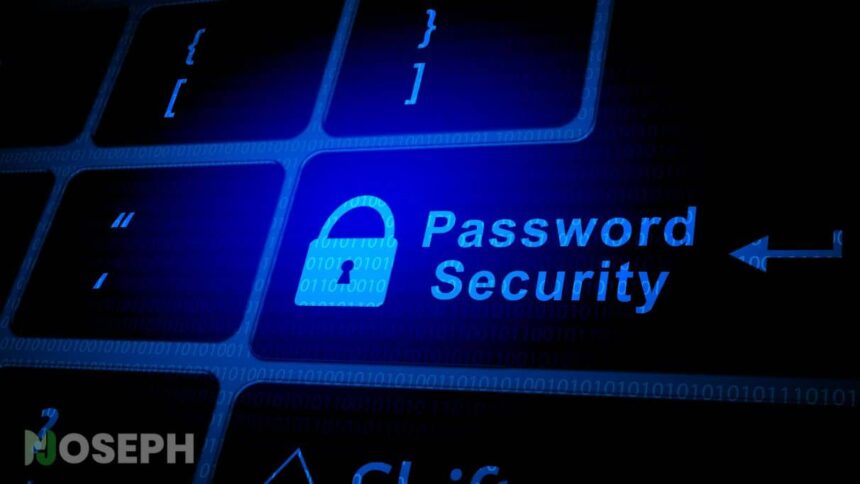Keeping your personal information safe has become more important as technology continues to advance. Nowadays, with everything we do online, from banking to social media, making sure our passwords are secure is a top priority.
Big companies like Google often send out reminders or tips for strengthening our passwords, and it’s wise to pay attention to these suggestions.
As someone who’s deeply involved in tech, I understand how essential it is to have strong password protection. It’s not just about keeping your accounts safe; it’s about safeguarding your entire online presence.
In this article, I’m sharing 13 tips to help you boost your password security. These tips are straightforward enough for beginners to grasp, yet they hold value for everyone, no matter how tech-savvy you are.
1. Crafting Complex Passwords
To protect your accounts, it’s important to use complex passwords. A strong password should have a mix of uppercase and lowercase letters, numbers, and symbols.
This makes it harder for attackers to guess. For instance, instead of using something easy like ‘slambo123’, a safer choice would be ‘Ze’s.Q!S.L.M.b@0$ This method is like having different types of locks on your door. Each element adds to the security.
Why Complex Passwords Matter
Complex passwords are harder to crack. Simple passwords can be easily guessed or broken with brute force attacks.
Hackers try every possible combination until they find the right one. Using a complex password puts up a strong barrier. This discourages or delays hackers from accessing your sensitive information.
Tips For Creating Strong Passwords
- Blend Different Characters: Your password should be a mix of upper and lower case letters, numbers, and symbols. Think of it as creating a unique code that only you understand.
- Stay Away from the Basics: Words like “password” or sequences like “123456” are too simple and easily guessed. Imagine you’re creating a secret handshake that only you and trusted friends know.
- Randomness is Key: Avoid anything that can be linked back to you, like birthdays or pet names. It’s like making up a secret agent name that nobody would associate with you.
- Length Matters: Aim for passwords that are at least 12 characters long. Longer passwords are like a stronger lock on your door – harder for someone to break through.
- No Repeats: Don’t use the same password across different sites. If one site gets compromised, you don’t want all your accounts to be at risk. It’s like not using the same key for your house, car, and office.
- Consider a Phrase: Use a phrase or a line from a song or book that you can easily remember but others can’t guess. Modify it with numbers and symbols to make it even stronger. It’s like having a favorite quote that only you can decode.
2. Utilizing Password Managers

Password managers are tools designed to store and manage your passwords securely. They not only keep your passwords in an encrypted database but also help you generate strong passwords. Think of a password manager as a personal assistant dedicated solely to managing the keys to your digital life.
Benefits of Using Password Managers
- Forget Memorizing: One of the biggest perks is that you no longer need to remember every single password. Your password manager keeps track of them all in one secure location.
- Auto-Generate Strong Passwords: These tools can create complex, random passwords that significantly lower the chances of your accounts being hacked.
- Secure Storage: Your passwords are stored in an encrypted format, making it incredibly difficult for them to be compromised or lost.
While there are several well-known password managers out there, it’s worth exploring a range to find the one that best suits your needs. Doing a bit of research and checking out reviews can help you make an informed decision.
3. Regularly Updating Passwords
Updating your passwords regularly, ideally every three to six months, is crucial for maintaining security. It’s akin to changing the locks on your doors periodically.
Regular updates ensure that even if a password is compromised, it won’t remain vulnerable for long. It’s an ongoing process of reinforcing your defenses against potential threats.
Best Practices for Password Updates
- Set a reminder to update your passwords regularly.
- Avoid reusing old passwords.
- Each time you update, ensure the new password is complex and different from the previous ones.
4. Implementing Multi-Factor Authentication
Multi-factor authentication (MFA) adds an extra layer of security by requiring additional verification beyond just a password. This could include something you know (a password), something you have (a mobile phone), or something you are (biometric data).
Why MFA Matters Now More Than Ever
With digital breaches becoming more sophisticated, MFA acts as a critical barrier, drastically diminishing the likelihood of unauthorized access. Even if a password is compromised, MFA ensures that an additional verification step can prevent potential intrusions.
Innovative Types of MFA Methods
- SMS-Based Verification: This common method is becoming less favored due to security concerns, such as vulnerability to SIM swapping attacks.
- Authenticator Apps: These generate time-sensitive codes, offering a safer alternative to SMS by reducing the risk of interception.
- Biometric Verification: Leveraging unique identifiers like fingerprints or facial recognition, this method provides a secure and convenient way to authenticate users.
- Device-Based Authentication: Techniques like Google’s and Cloudflare’s utilize notifications sent to registered devices, simplifying the authentication process while maintaining high security.
- Passkeys: A cutting-edge advancement in digital security, passkeys are a form of device-based authentication that uses a cryptographic key pair generated by the user’s device. Unlike traditional passwords, passkeys do not leave the device and are not stored on a server, making them nearly immune to phishing and other common attack vectors. Supported by major technology companies and standards bodies, passkeys are set to redefine the authentication landscape by offering a seamless, cross-platform authentication experience without compromising security.
Incorporating these modern MFA techniques not only aligns with the best practices in digital security but also addresses user convenience.
Device-based authentication, in particular, represents a move towards a more integrated and less intrusive method of securing accounts, acknowledging the importance of balancing strong security measures with ease of use.
This approach reflects a growing trend in cybersecurity, where the user experience is considered alongside stringent security requirements, making secure logins seamless and more effective.
5. Avoiding Common Password Mistakes
Common mistakes can undermine your password security. Using the same password for multiple accounts or using easily guessable passwords are typical errors.
Common Pitfalls to Avoid
- Avoid using the same password across different accounts.
- Don’t use personal information like birthdays or names in passwords.
- Resist the temptation to write down passwords on paper or unsecured digital notes.
How to Remember Complex Passwords
- Use a mnemonic device or a phrase to remember complex passwords.
- Rely on a password manager to keep track of different passwords.
6. Awareness of Phishing Scams

Phishing scams trick individuals into revealing their passwords by posing as legitimate requests or websites. Being aware of these scams is crucial to protect your password security.
Recognizing Phishing Attempts
- Urgency as a Red Flag: Stay alert for messages demanding quick action. Scammers often create a sense of urgency to bypass your better judgment.
- Double-Check Sender Details: Take a moment to examine the email address or URL closely. Look for subtle misspellings or odd characters that don’t match the legitimate source.
- Question Unexpected Requests: Be skeptical of any unexpected ask for your personal details or passwords, even if it appears to come from a company you know.
Guarding Against Phishing Attacks
- Steer Clear of Dodgy Links: If an email or message seems suspicious, don’t click on any links within it. These could lead you to fraudulent websites designed to steal your information.
- Authenticate Websites Thoroughly: Before typing your password anywhere, ensure you’re on the legitimate site. A quick web search can confirm if the website’s address is correct.
- Install Trustworthy Browser Tools: Consider adding extensions to your web browser that are designed to detect and block access to known phishing websites, enhancing your defense against scams.
7. Unique Passwords for Each Account
Using a unique password for each account minimizes the risk of a single breach compromising multiple accounts. It’s like using a different key for every lock in your house.
The Domino Effect of Reused Passwords
If one account with a reused password is compromised, all other accounts with the same password are at risk. This domino effect can lead to widespread security breaches.
8. Identifying Secure Websites
Ensuring that you are entering your password on a secure website is vital. Look for ‘https://’ in the URL and a lock icon in the address bar, indicating that the site is encrypted and secure.
Signs of a Secure Website

- HTTPS Protocol: The URL should begin with “https://” instead of just “http://”. The ‘s’ indicates that the site uses SSL (Secure Sockets Layer) encryption, creating a secure channel between your browser and the website.
- Padlock Icon: Presence of a padlock symbol in the browser’s address bar signals that the website has an SSL certificate, meaning your data is encrypted and secure from interception.
- Security Certificates and Badges: Legitimate websites often display security certifications or trust badges, especially on pages requiring financial transactions. These badges are usually clickable and link to details confirming the site’s security.
- Website Privacy Policy: A secure and trustworthy website typically has a clear and accessible privacy policy that outlines how your data will be used and protected.
- Contact Information: Look for genuine contact details like a physical address, phone number, and email address. Secure sites often provide multiple ways to contact the company.
- Domain Name Check: Pay attention to the website’s domain name. Secure websites are more likely to have a domain name that matches the organization’s name closely without misspellings or suspicious characters.
- Regular Updates: A secure website will have evidence of being updated regularly, indicating ongoing maintenance and security patch updates to protect your data.
Entering your password on an insecure website is like giving your house key to a stranger. It exposes your password to potential interception by cybercriminals.
9. Mobile Device Password Protection

Securing your mobile devices with passwords or biometric locks is crucial. These devices often contain a wealth of personal information and access to your digital accounts.
Mobile devices are easily lost or stolen, and without adequate protection, they can be a goldmine for thieves looking to access your personal data and accounts.
Tips for Mobile Device Security
- Use strong passwords or biometric locks (like fingerprint or facial recognition).
- Enable device encryption if available.
- Be cautious about the apps you download and the permissions they request.
10. Leveraging Biometrics For Password Security
Biometric security features, such as fingerprint or facial recognition, offer a high level of security. They are unique to you and difficult for someone else to replicate.
Advantages of Biometric Security
- Biometrics are unique to each individual, making them hard to duplicate.
- They provide quick and convenient access to your devices and accounts.
- Biometric data, when stored securely, adds an extra layer of protection.
Considerations for Biometric Security
- Ensure that your device encrypts biometric data.
- Understand that while biometrics are secure, they are not infallible and should be used in conjunction with other security measures.
11. Avoiding Public Wi-Fi for Sensitive Transactions
Public Wi-Fi networks are often less secure, making them risky for transactions requiring password entry. It’s like having a conversation about sensitive topics in a crowded room – not always safe.
Risks of Public Wi-Fi
- Increased Hacker Interception: Public networks are prime targets for hackers looking to intercept data due to their typically lax security measures.
- Weak Encryption: Many public Wi-Fi networks do not employ strong encryption, making it easier for malicious actors to access your information.
- Sensitive Information is Vulnerable: Engaging in activities like accessing bank accounts or entering passwords can be risky on public networks.
- Potential for Malware Distribution: Unsecured Wi-Fi can serve as a conduit for malware, putting your device at risk of infection.
- Rogue Hotspots: Some hackers set up fake Wi-Fi hotspots to trick users into connecting, enabling them to steal personal data.
- Privacy Concerns: Without proper security, everything you do online on a public Wi-Fi can be monitored, from the websites you visit to the files you download.
Safe Practices on Public Wi-Fi
- Encrypt Your Connection with a VPN: A VPN encrypts data leaving your device, making it difficult for hackers to snoop on your activities.
- Steer Clear of Sensitive Transactions: Avoid logging into important accounts or making purchases when connected to public Wi-Fi.
- Secure Your Device Settings: Adjust your Wi-Fi and Bluetooth settings to be non-discoverable to prevent automatic connections to potentially unsafe networks.
- Use Secure Websites: Look for HTTPS in the website URL for an added layer of security, ensuring your data is encrypted even on an unsecured network.
- Keep Your Antivirus Updated: An up-to-date antivirus can protect against malware that might exploit public Wi-Fi vulnerabilities.
- Consider Mobile Data: If possible, use your phone’s mobile data instead of public Wi-Fi for sensitive browsing, as it’s generally more secure.
- Enable Two-Factor Authentication: This adds an extra layer of security to your accounts, making it harder for someone to gain unauthorized access even if they have your password.
12. Regular Software Updates
Keeping your software updated ensures you have the latest security patches, protecting your passwords and other sensitive information.
Why Updates Matter
Software updates often include fixes for security vulnerabilities that have been discovered since the last update. Neglecting these updates is like leaving a window unlocked in your digital house.
Best Practices for Software Updates
- Enable automatic updates for your operating system and software.
- Regularly check for updates on devices that don’t update automatically.
- Understand the security changes in each update to stay informed about your security posture.
13. Utilize The Use of Security Questions and Secondary Email Addresses
Using security questions wisely and having a secondary email for account recoveries adds an extra layer of security. It’s like having a backup plan in case your primary security measures fail.
Choosing Effective Security Questions
- Select questions with answers that are not easily guessable or publicly known.
- Use answers that are meaningful to you but not easily deduced by others.
- Consider using false answers that only you would know, reducing the chance of someone guessing them correctly.
The Role of a Secondary Email
- A secondary email can act as an alternative way to recover your account if you lose access to your primary email.
- Ensure that the secondary email is also secured with a strong password and MFA.
Wrapping Up
password security is a critical aspect of protecting your personal and professional digital life. As a developer, I not only implement these practices in my work but also advocate for their importance to clients and colleagues.
By following these 13 tips, you can significantly enhance your digital security, keeping your personal information safe from unauthorized access. Remember, staying vigilant and informed is key to maintaining robust security in the ever-evolving digital landscape.








